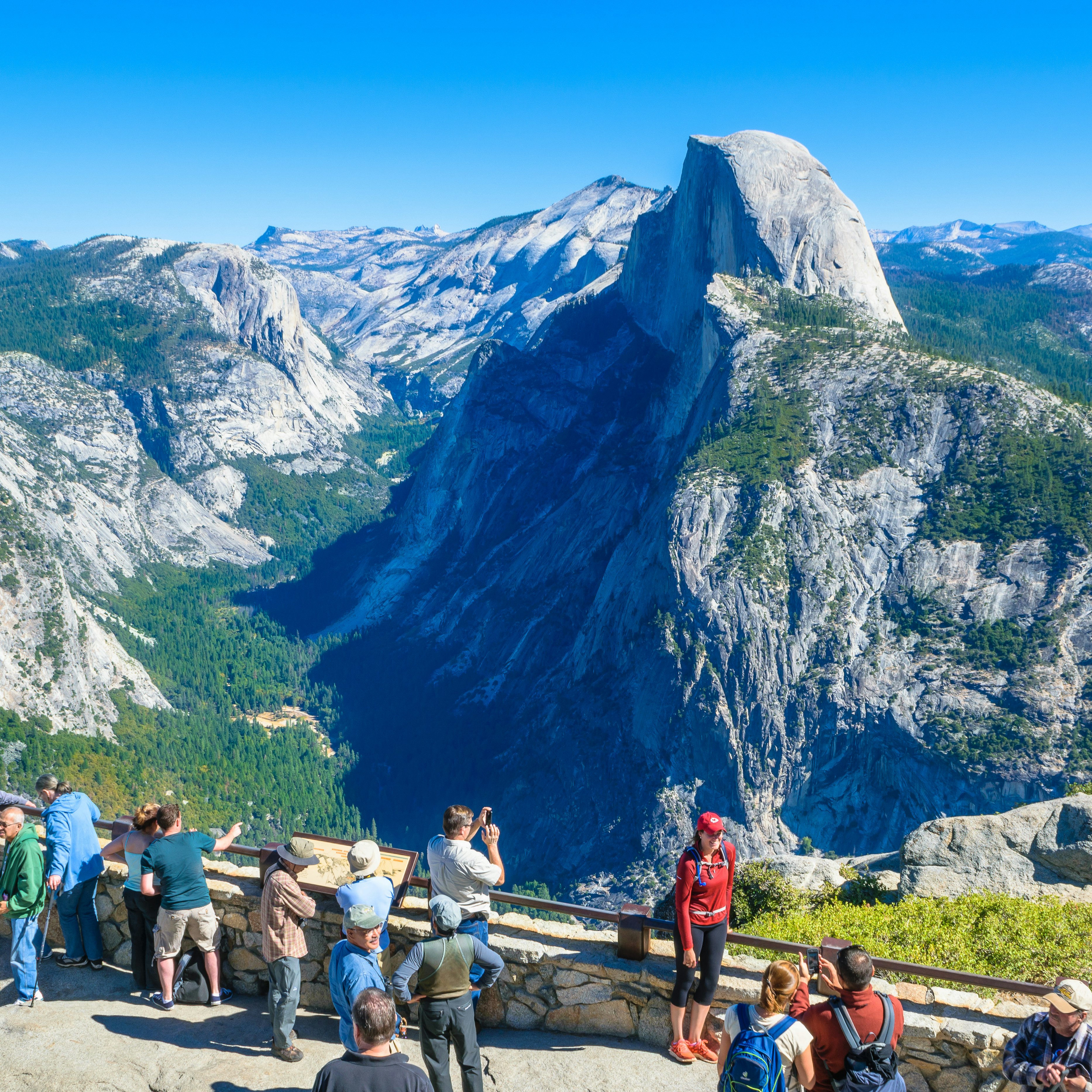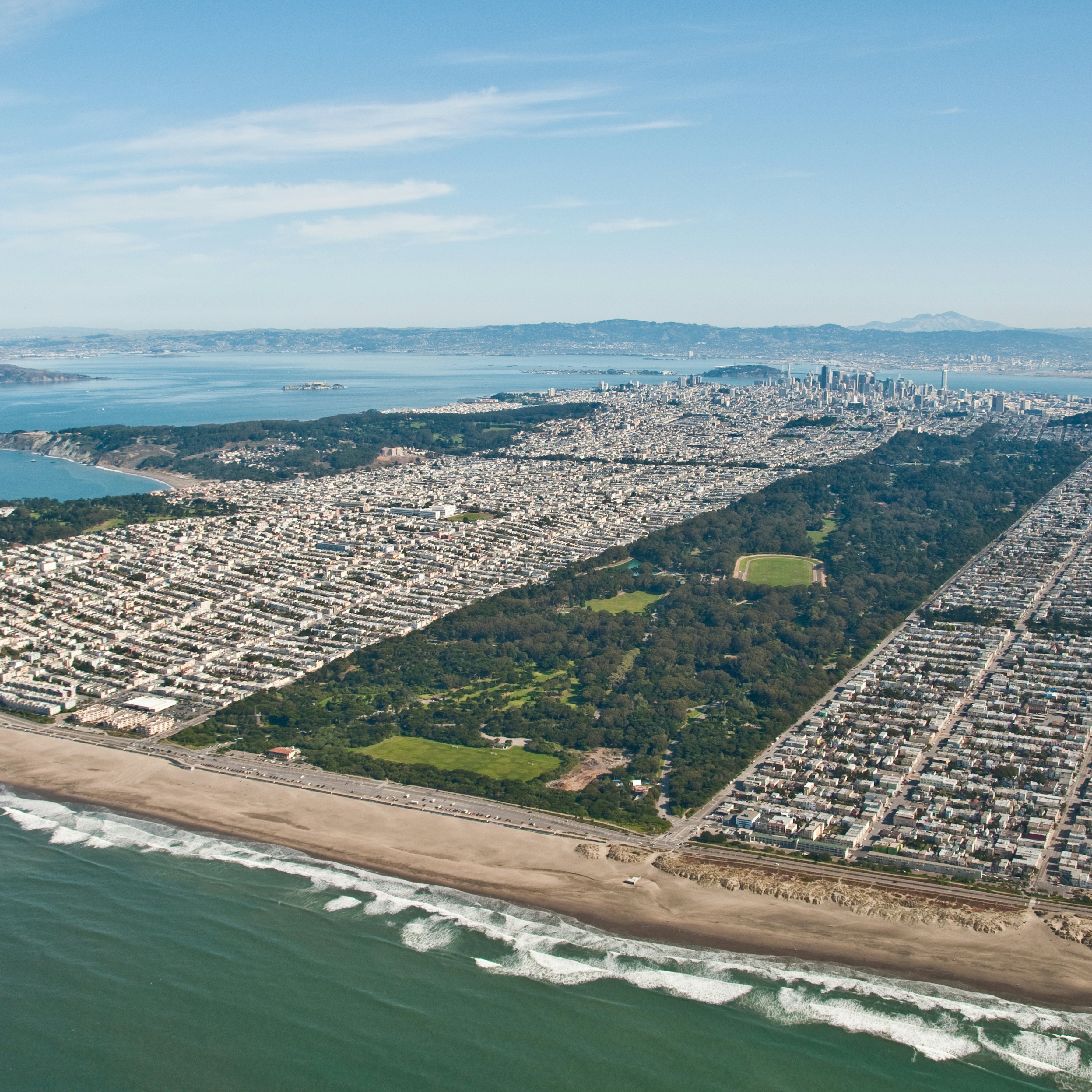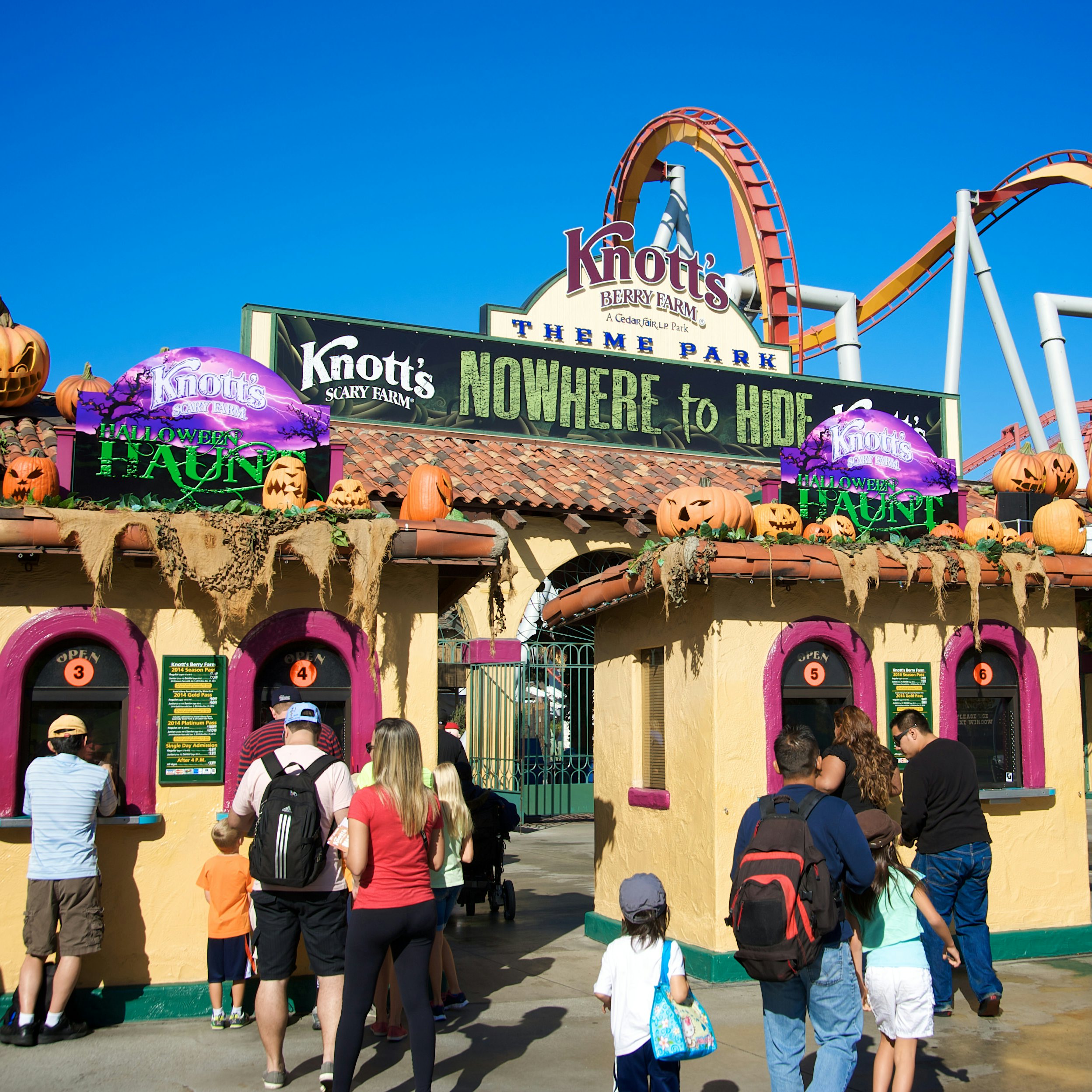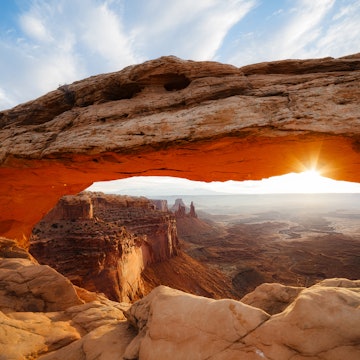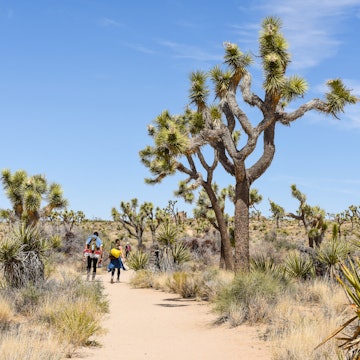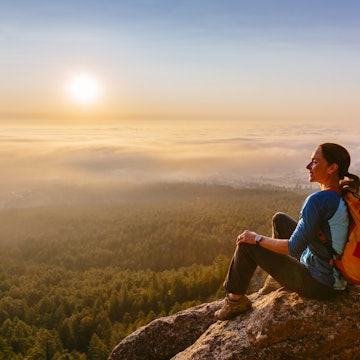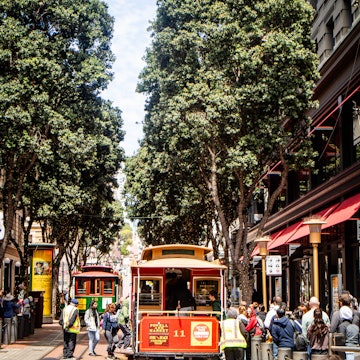
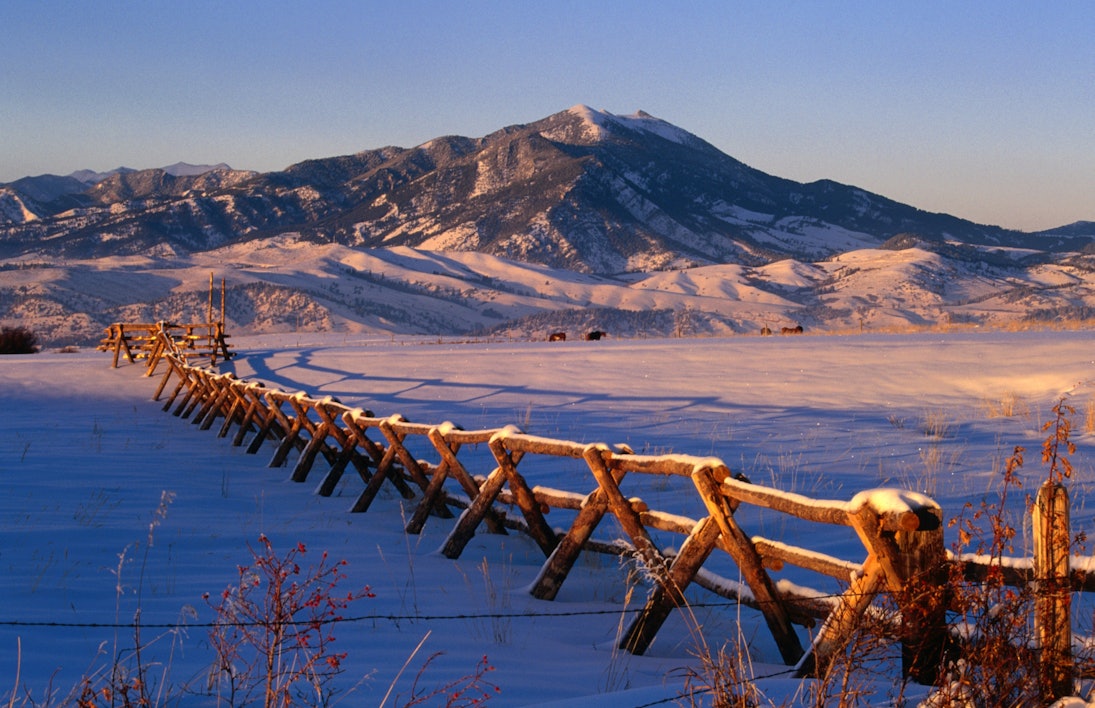
Overview
Landscapes and legends draw adventurers to the West, where a good day includes locavore dining, vineyard wine-sipping, wildlife-watching, Native American history and outdoor adventure.
Leave the planning to a local expert
Experience the real Western USA. Let a local expert handle the planning for you.






